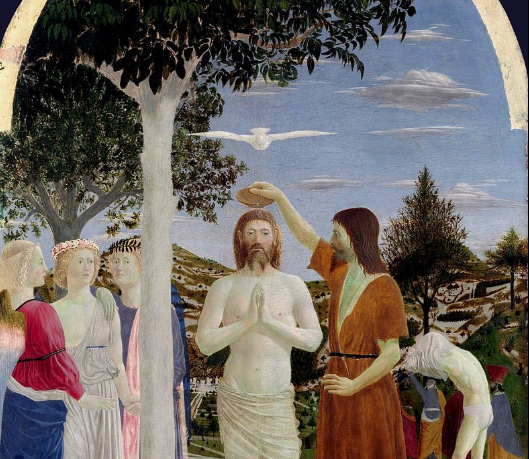
The Jewish Background of Baptism.
Although the term “baptism” is not used to describe the Jewish rituals, the purification rites in Jewish law and tradition, called tvilah, have some similarity to baptism, and the two have been linked. The tvilah is the act of immersion in natural sourced water, called a mikva. In the Hebrew Bible and other Jewish texts, immersion in water for ritual purification was established for restoration to a condition of “ritual purity” in specific circumstances. For example, Jews who (according to the Torah) became ritually defiled by contact with a corpse had to use the mikvah before being allowed to participate in the Holy Temple. Immersion is required for converts to Judaism as part of their conversion. Immersion in the mikvah represents a change in status in regards to purification, restoration, and qualification for full religious participation in the life of the community, ensuring that the cleansed person will not impose uncleanness on property or its owners. It did not become customary, however, to immerse converts to Judaism until after the Babylonian Captivity. This change of status by the mikvah could be obtained repeatedly, while Christian baptism, like circumcision, is, in the general view of Christians, unique and not repeatable.
During the Second Temple period the Greek noun baptmos was used to refer to ritual washing in Hellenistic Judaism.

John the Baptist, who is considered the forerunner of Christ’s movement, used baptism as the central sacrament of his messianic preaching. The earliest Christian baptisms were probably normally by immersion, though other modes may have also been used. By the third and fourth centuries, baptism involved catechetical instruction as well as chrismation, exorcisms, laying on of hands, and recitation of a creed. In the West, Affusion became the normal mode of baptism between the twelfth and fourteenth centuries, though immersion was still practiced into the sixteenth.
Source: Adapted from Wikipedia.






